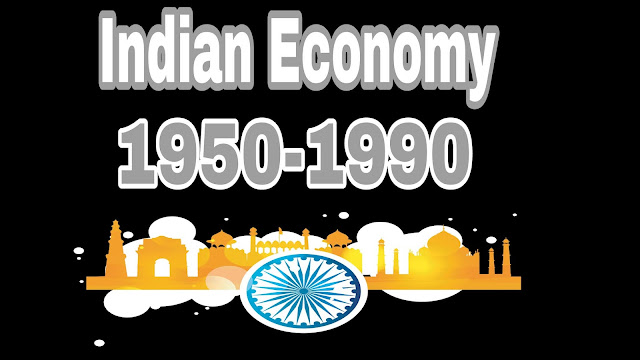Indian economy 1950-1990 12th notes
indian economy 1950-1990 12th
What is a plan
Planning commission
The goals of five year plans
Growth
Modernisation
Self-Reliance
Equity
Now growth modernisation and self-Reliance by themselves may not improve the kind of life which people are living. A country can have high growth. the most modern technology developed in the country it self and also have most of its people living in poverty.
It refers to reduction in disparity of income or wealth, by uplifting weaker sections of the society. It also refers to distribution of economic power equally or in such way that every Indian should be able to meet his or her basic needs such as food, a decent house, education, healthcare, etc.
All collage of Delhi University 2021 full details
Agriculture
It refers to all those activities which are related to the cultivation of land for the production of crops; food crops and non-food crops.
(i) Importance of Agriculture in the Indian Economy
- Contribution to GDP
- Supply of wage goods
- Employment
- Industrial raw material
- Contribution to international trade
- Contribution to domestic trade
- Wealth of the nation
(ii) Problems of Indian Agriculture
- Lack of permanent means of irrigation
- Deficiency of finance
- Conventional outlook
- Small and scattered holding
- Lack of organised marketing system
Reforms in Indian Agriculture
(i) Technical Reforms
- Use of HYV seeds
- Use of chemical fertilisers
- Scientific farm management practices
- Mechanised means of cultivation
(ii) Land Reforms
- Abolition of intermediaries
- Regulation of rent
- Consolidation of holding
- Ceiling on land holding
- Co-operative farming
(iii) General Reforms
- Expansion of irrigation facilities
- Provision of credit
- Regulated market
- Price support policy
Land Reforms
Land Ceiling
Green Revolution
Prasanta Chandra Mahalanobis was born in 1893 in Calcutta. He was educated at the Presidency College in Calcutta and at Cambridge University in England. His contributions to the subject of statistics brought him international fame. In 1946, he was made a Fellow (member) of Britain’s Royal Society, one of the most prestigious organisations of scientists.
Industry and trade
FOREIGN TRADE
At the time of independence raw material was exported from India to Britain in abundance, on the other hand finished goods from Britain were imported into India.Notably our balance of trade was favourable (exports > imports)
After independence India’s foreign trade recorded a noticeable change such as.
(i) Decline in percentage share of agricultural exports.
(ii) Increase in percentage share of manufactured goods in total exports.
(iii) Change in direction of export trade and import trade.
(iv) Decline of Britain as main trading Partner.
Small scale industry
1. Difficulty of finance.
2. Shortage of raw material.
3. Difficulty of marketing.
4. Outdated machines & equipment
5. Competition from large scale industries.
PROBLEMS OF INDUSTRIAL DEVELOPMENT IN INDIA
1. Sectoral imbalances- Agriculture and infrastructure have failed to provide the support to the industrial sector.2. Regional imbalance- Restricted to few states.
3. Industrial sickness- which raised the problem of unemployment.
4. Higher cost of industrial product due to lack of healthy competition.
5. Dependence on the Government- for reduction in tax or duty to make import easier.
6. Poor performance of the public sector
7. Under utilisation of capacity.
8. Increasing capital-output ratio



ConversionConversion EmoticonEmoticon